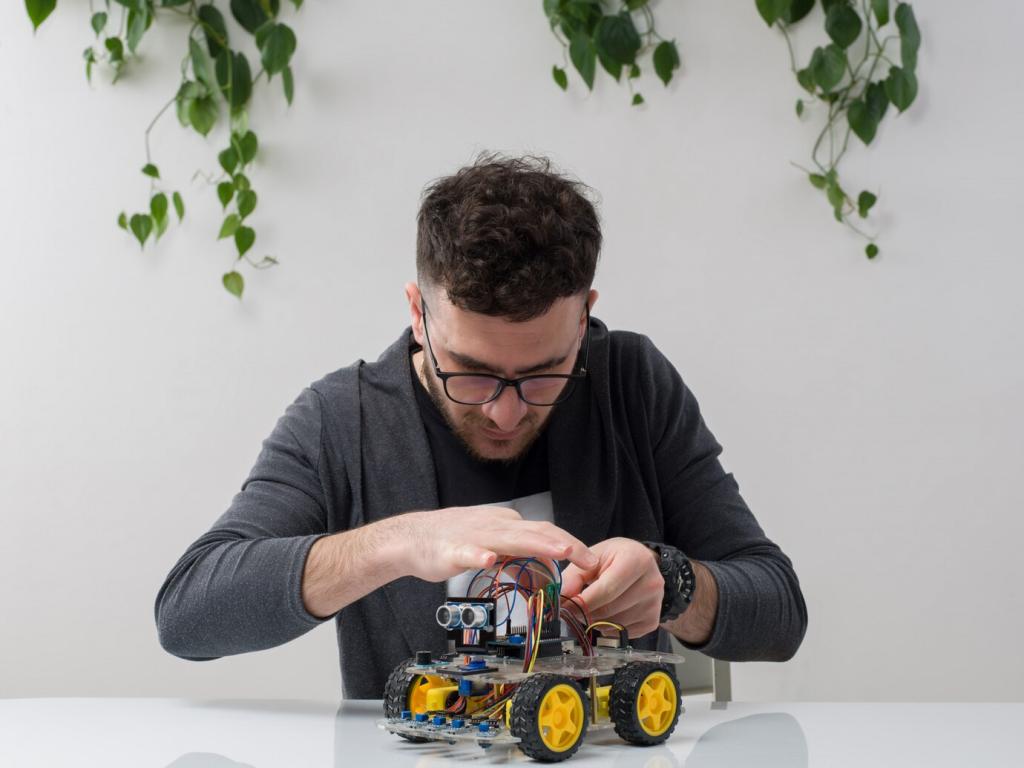Finding the ideal robotics kit for your child can be a fun yet challenging adventure, as the right choice could spark a lifelong passion for technology and problem-solving. Understanding the top features to look for in kids’ robotics kits ensures you not only provide engaging entertainment but also foster educational growth and creativity. From ensuring the kit is appropriate for your child’s age and skill level, to considering programmability, expandability, and safety, this guide explores the essential elements you should prioritize before making your purchase.
Clear Age Recommendations
Robotics kits typically specify an age range, reflecting the complexity of assembly, type of programming involved, and component safety. These recommendations aren’t just guidelines—they are the result of careful consideration by designers and educators. A clear age recommendation ensures that the kit will align with your child’s attention span, motor skills, and comprehension level. Products aimed at younger children often feature snap-together parts and visual instructions, while those intended for teens may require screwdrivers, advanced problem-solving, and logical thinking. Following these guidelines helps create a positive learning environment and reduces the risk of discouragement or potential hazards.
Progressive Learning Curve
Look for kits that offer a progressive learning curve, allowing kids to start with simpler builds and gradually progress to more advanced projects as their skills improve. Kits with multiple levels or add-on modules are particularly beneficial because they keep children engaged over time and provide repeated value. This type of progression encourages perseverance, adaptability, and confidence. It’s particularly important for keeping enthusiastic learners challenged and helping those who might struggle at first to catch up at their own pace. A well-designed learning curve turns the robotics kit into an evolving educational tool rather than a one-off activity.
Supportive Instructions and Resources
Effective guidance is critical for keeping young builders motivated. The best kids’ robotics kits offer clear, step-by-step instructions, often enhanced with photos or illustrations. Some even provide interactive digital manuals or apps that offer animated building tips and troubleshooting advice. Ideally, kits will also include access to online communities, video tutorials, or customer support channels where children and parents can ask questions and share ideas. Comprehensive and accessible learning resources empower children to solve problems independently, making the learning experience more self-directed and rewarding.

Quality of Components and Expandability
Durable and Safe Materials
Safety and durability go hand in hand when selecting a robotics kit. Kits designed for children should use non-toxic, sturdy plastics and metals that can handle drops, bumps, and hours of play. Well-engineered parts with smooth edges and secure connections minimize the risk of injury and frustration. Durable materials not only ensure the kit remains functional over time but also instill confidence in parents, knowing their children are safe while exploring and learning. A robust kit withstands energetic hands and creative experimentation, giving kids the freedom to build with enthusiasm.
Modular and Expandable Design
Kits with a modular design allow children to combine components in multiple configurations, fostering creativity and deeper understanding. Expandability refers to the ability to add new sensors, motors, parts, or software over time—a feature that extends the life and usefulness of the kit as your child’s interests evolve. Some kits are compatible with standardized components or connect with additional sets, opening up endless possibilities for creative construction. This modularity not only makes the kit more cost-effective but also encourages kids to think like inventors, constantly seeking new challenges and solutions.
Reliable Electronic Components
Robotics kits rely on a variety of electronic components—motors, sensors, microcontrollers, and wiring—to function correctly. It’s vital that these components are well-made, reliable, and easy to connect or troubleshoot. Poor-quality electronics can lead to constant mechanical failures, which is discouraging for young learners. Kits from reputable brands often include pre-tested electronic parts, comprehensive manuals for setup, and responsive technical support. Providing children with reliable components ensures that most of their time is spent learning and having fun, not struggling with malfunctioning hardware.

